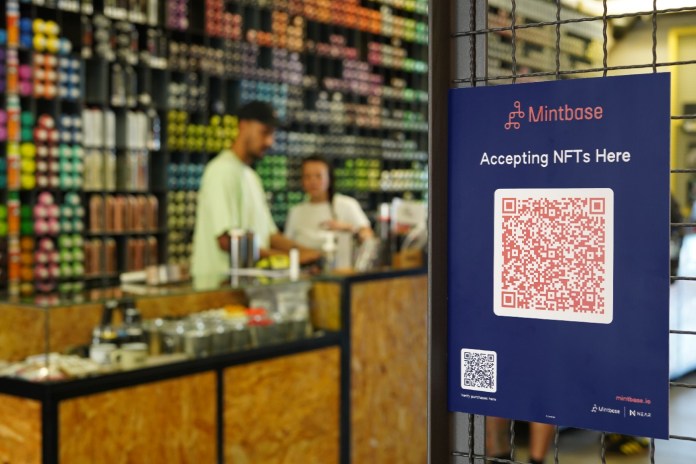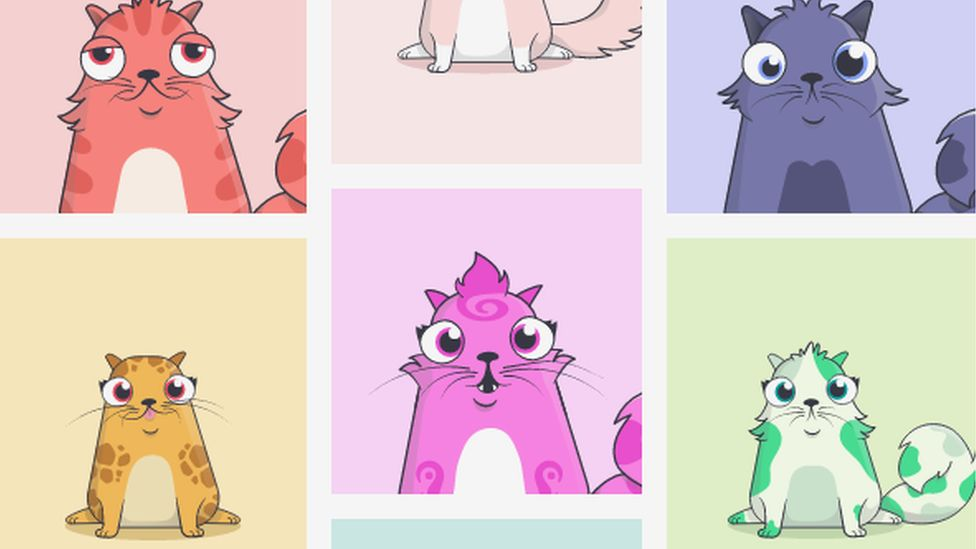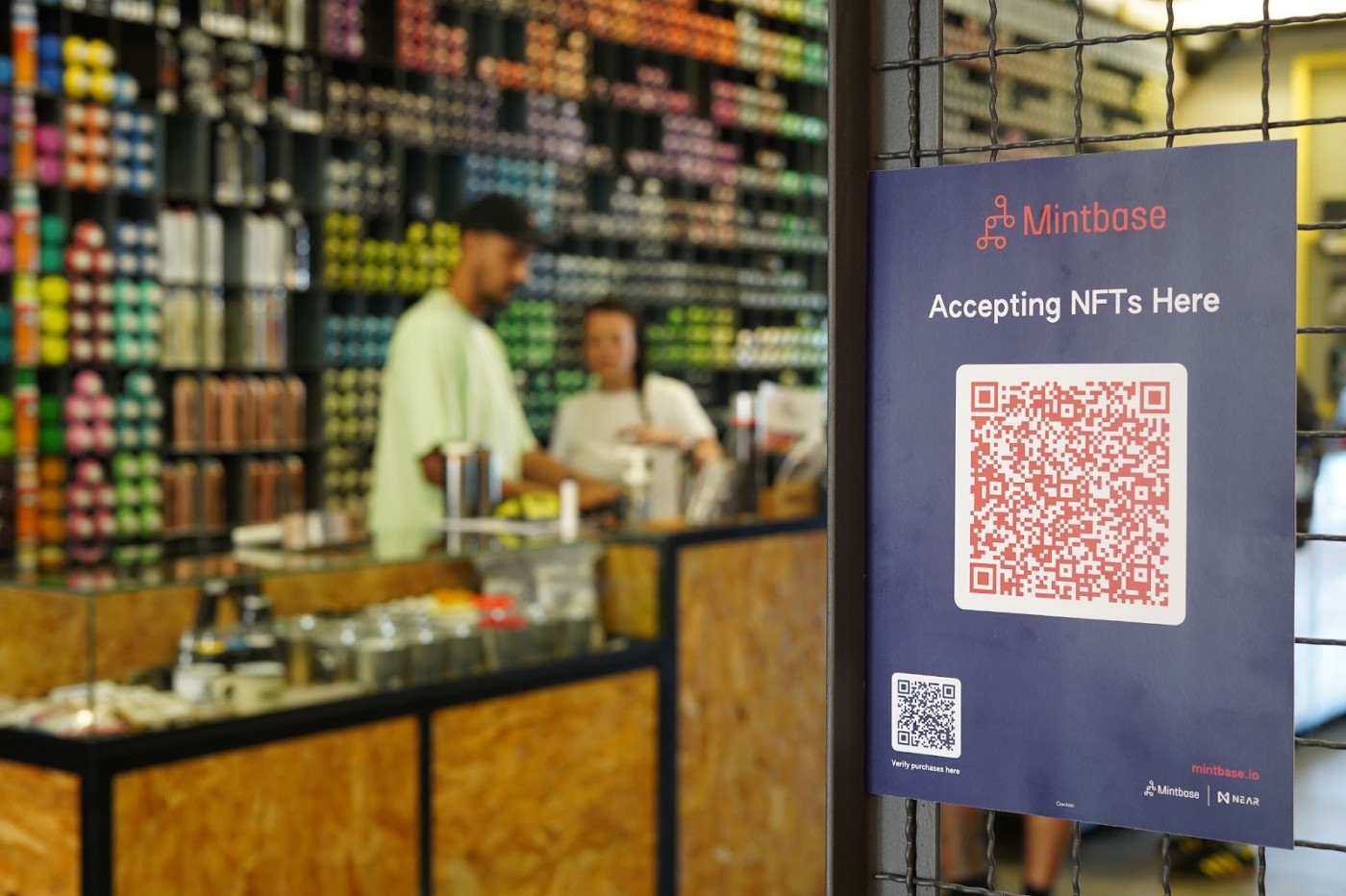NFT (Non-Fungible Token) was named Collins Dictionary’s word of the year for 2021, beating words like “Metaverse”, “climate anxiety”, and “Regencycore” (inspired by Netflix’s Bridgerton; yep, I had to Google that one too) to claim the title. There’s no better time than the present to familiarise yourselves with NFTs!

NFTs made headlines this year, especially after famed auction house Christie’s held its first-ever digital art exhibition, but the idea for digital tokens surfaced a while ago. In this article, we’re condensing the history of NFTs and exploring how they’re shaping the present and future of ownership in a digital-first world.
We’ll keep this short. An NFT is a unique digital asset supported on the Blockchain. NFTs can be literally anything, including (but not limited to) digital art, collectibles, event tickets, wine bottles, or even a tweet (remember that time when Jack Dorsey sold his first tweet as an NFT for more than 2.9 billion?)
What makes NFTs stand out is that they’re completely unique assets. You can buy an NFT with a diverse range of cryptocurrencies (like NEAR, Ethereum, etc.) or with Fiat currencies (USD, EUR, GBP, etc.) using a credit card. Unlike currency, NFTs are non-fungible, meaning that if you trade it for another (or merge it or multiply it — but more on that later), you’ll end up with an entirely unique asset.
The concept of NFTs seems complicated at first but it’s pretty simple. And, it’s not just in the digital art world that NFTs are thriving. Mintbase, for example, is exploring the potential for NFTs to have real-world applications, allowing NFTs to be redeemed for physical items and services, like classes, event access, special content, memberships, market shares, and so on.
To better understand this concept, we can look at a particular use case of NFTs for gated membership. NFTs can be used for subscriptions to access premium content on platforms like Netflix, Spotify, and even Only Fans. NFTs are already being tested in similar structures, as well as for various other things like access to Discord channels depending on the NFT you hold, premium access to special NFT drops, or as voting mechanisms in DAOs and other organizations.
Most people associate NFTs with the Ethereum blockchain, but the concept has been around long before Ethereum existed.
First issued on the Bitcoin blockchain in 2012–2013, Colored Coins refer to tokens that represent real-world assets. These tokens were used to prove ownership of various assets, including cars, real estate, and even equities and bonds. Colored coins were first introduced as an asset in a paper by Meni Rosenfeld, titled “Overview of Coloured Coins”. The idea wasn’t quite as sophisticated as NFTs, but it laid down the groundwork for what was to come.
Just a few years later in 2014, Counterparty was founded. Counterparty is a peer-to-peer financial platform and open-source internet protocol built on the Bitcoin blockchain. It offered a decentralized exchange and asset creation, allowing Counterparty users to create tradable currencies.
In 2015, Counterparty facilitated the trading of in-game assets on the blockchain for the game Spells of Genesis. And, by October 2016 the recognizable Pepe the Frog meme became one of the first art experiments on the blockchain. “Rare Pepes” were an NFT sensation. There were even Rare Pepe experts who could clarify the uniqueness of any given Pepe meme. Imagine putting that on your CV.
When Etherum made its debut on the blockchain in 2015, NFTs were reborn. The Ethereum blockchain introduced token standards to help people create and deploy new tokens based on their blockchain. But it’s important to note that although this blockchain played an important role in the growth of the cryptosphere, it was (and still is) pretty elitist, due to the high gas fees. Other blockchain technologies like NEAR represent a true shift in NFTs as minting on them is extremely affordable. NEAR was built with scalability in mind, ensuring transaction fees were low and it remained secure and sustainable for anyone to use. Although Mintbase was initially built on ETH, we decided to recode in NEAR to make our minting platform more accessible and affordable.
In March 2017, the Peperium project was announced, establishing a decentralized meme marketplace and trading card game that allowed anyone who’s anyone to create memes on Ethereum and IPFS. As meme trading on the blockchain was gaining traction, two creative minds, John Watkinson and Matt Hall, came together to create their own NFT project. Cryptopunks was launched in June 2017 as the first marketplace for rare digital art on the blockchain. They released 10,000 unique cartoon characters which could be claimed freely by any Etherum user, and they were snapped up super fast. Collectors could trade their Cryptopunks for increasing prices, establishing a secondary marketplace where they could be bought and sold.

Shortly after Cryptopunks took off, another NFT project, Cryptokitties, was launched by Vancouver-based company Axiom Zen, pushing NFTs into the limelight. Cryptokitties revolutionized the concept of NFTs, offering a blockchain-based virtual game where players could adopt, breed, and swap unique kitties using Ethereum. Having a pet on the blockchain was just like having a real pet, without the hard work (and cuddles).
As the Cryptokitties community grew and top investors laid down their cash, people began to realize the potential of return on investment of NFTs (in other words: the ability to make money!). The true potential of NFTs, however, is yet to be realised: smart contracts can be used IRL with real, day-to-day applications.

Although you might’ve only heard about NFTs in the last few years, their road to creation was much longer. From 2018 onwards, NFTs received plenty of attention through various NFT gaming and metaverse projects, and have entered the mainstream through celebrities like Snoop Dogg, The Weekend, and Tony Hawk minting their own NFTs and tokenizing everything from music, to artwork, to live event experiences. NFTs have disrupted the art world and sectors beyond it, redefining the creator economy in its entirety.
2021 was, by far, the most exciting year so far for the NFT world. Key moments for NFTs in 2021 include when model and writer Emily Ratakowski minted and sold her own NFT to re-establish authority over her likeness, and when artist Beeple sold a collage as an NFT for a record-breaking $69 million at auction.
+Many of the previously mentioned NFT projects, like Cryptokitties and Beeple, were pretty hype-related and released on the Ethereum blockchain, where gas fees are extremely expensive. Although these digital art NFTs are pretty cool, true utility in the NFT world is yet to come — which is exactly what Mintbase is working on.
As the market for NFTs expands, the technology is gaining traction as more than just a digital token redeemable on the blockchain. Here at Mintbase, we’re realizing the potential of NFTs to change our lives in a myriad of ways. Mintbase is recognized as a valuable platform for anyone who wants to bring NFTs into their businesses and everyday lives, beyond the realm of digital art and gaming.
How are we doing this? We want to bring businesses on-chain. That means building their business models with our NFT toolkit. Since blockchain is secure, transparent, and decentralized, selling NFTs on Mintbase allows you to split revenue and royalties with up to 50 wallets — forever.
Let’s look at some specific use cases that illustrate exactly how we’re recognizing the potential of NFTs at Mintbase.
First up: There was the time musician DeadMau5 minted 1,000,000 NFTs on Mintbase using the Near blockchain. When they hit this number, they’ll be the first artist to go platinum with an NFT single. This concept and minting scale is unprecedented and only possible thanks to scalable technology, that makes it affordable in the first place, facilitated by the shaded, proof of stake NEAR blockchain. With each sale happening on-chain, it’s fully transparent and gains and royalties are split between the artists. Why do this? To give more control to the value creator, so they can get paid without having to pay the middlemen or costly fees. But it doesn’t just benefit the artist. NFT holders will also gain access to other features in the future (to be decided by the artists) such as exclusive releases, early-bird access to tickets, and more.
This means we’re finally able to mint millions of NFTs that are more than just collectibles. Tokens can be moved and transferred throughout the ecosystem for barely anything.
Another cool way we’ve brought NFTs into the real world is by onboarding a bunch of businesses around Lisbon that accept NFTs in exchange for physical items. By doing this, we can bring NFTs into the sphere of the everyday, allowing people to use NFTs to purchase food, drinks, clothing, and various other goodies. Through utility NFTs, we’re involving the community and showing them the potential of NFTs. It’s a work in progress, but we’ve got high hopes, so keep your eyes peeled!


